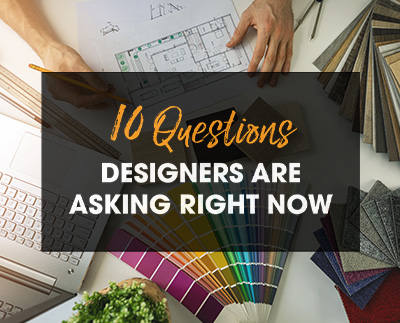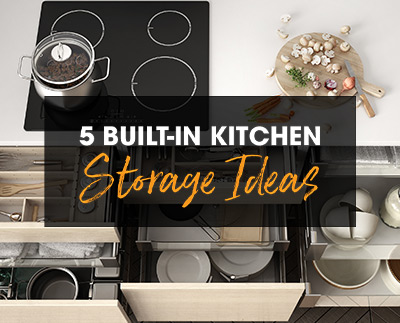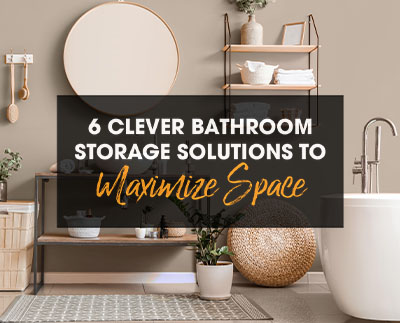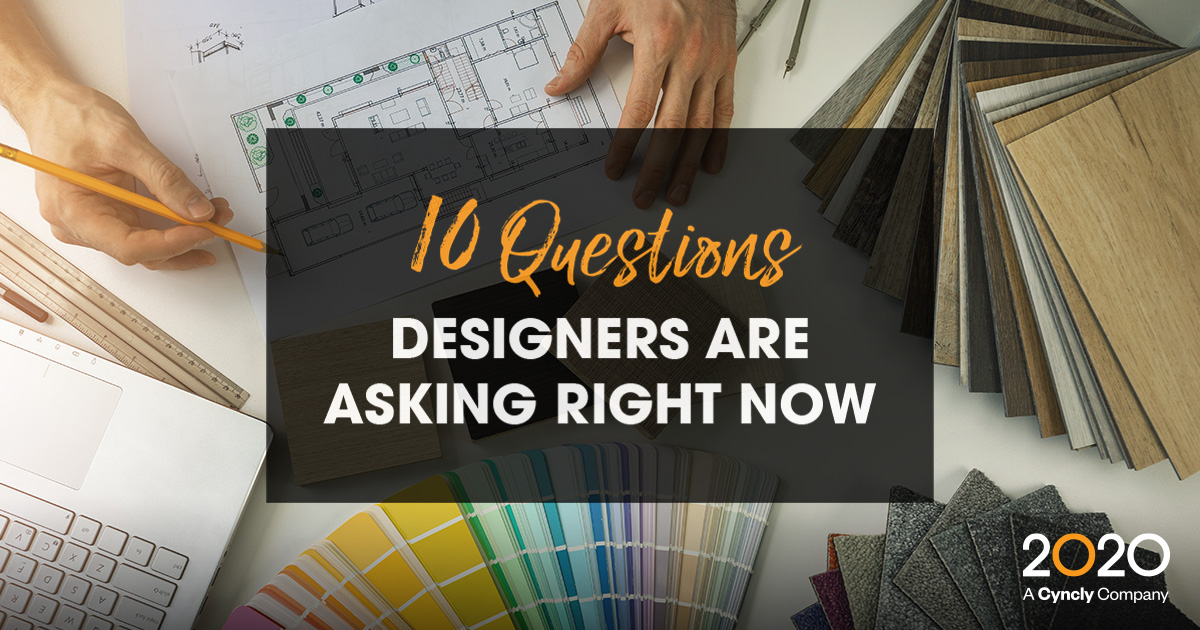
How do I start a kitchen design or bathroom design business?
Starting your own business in any sector can be tricky. For upstart kitchen and bathroom designers looking to find their place in an ultra-competitive industry, this can feel especially true. There's no need to be discouraged, though. Our customers have proven time and again that there is a clear path to building a successful business in this industry.
Here are the first three things you should do when looking to start your own kitchen design or bathroom design business:
- Determine what services you’ll offer.
- Focus on your specialty and find your niche.
- The fun part: Choose a catchy name that reflects the service and specialty you offer.
Of course, the journey doesn’t end there. For more information on how to build a kitchen or bathroom design business from the ground up, visit our complete guide which features 10 steps alongside detailed advice for each one.
What are the hottest kitchen design trends?
There are many exciting trends happening right now in the world of kitchen design that cover everything from cabinets to hardware finishes to backsplashes and paint colors. Our top three include:
- Mesh cabinet doors.
- Statement metal handles.
- Double islands.
For a Top 10 list of the hottest kitchen design trends, check out what some of our most-trusted kitchen designers who specialize in kitchen design have to say.
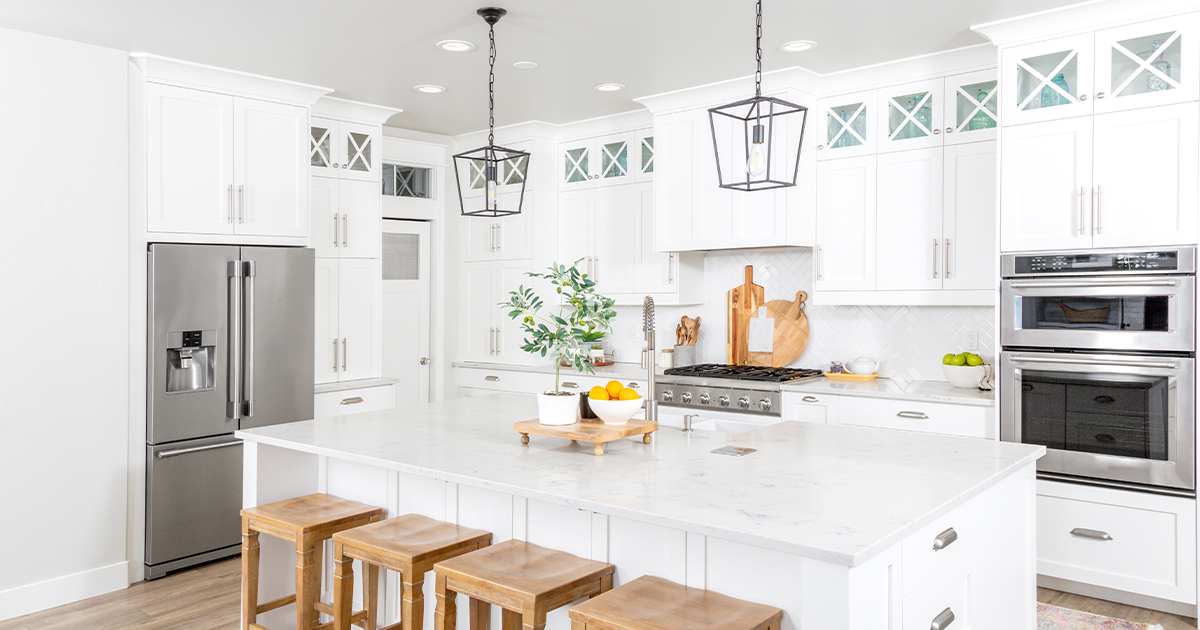
What are the hottest bathroom design trends?
Tastes and preferences change over time, and it’s vital that both professional designers and DIYers stay up to date on the latest trends. Bathrooms, perhaps more so than any other space, require extra attention in this regard. To help you stay in-the-know, here are three of the biggest trends in bathroom designs this year:
- Vintage furniture.
- Floating vanities.
- Thick countertops.
To learn more about this year’s hottest bathroom design trends from those who specialize in this space, click through to our complete list.
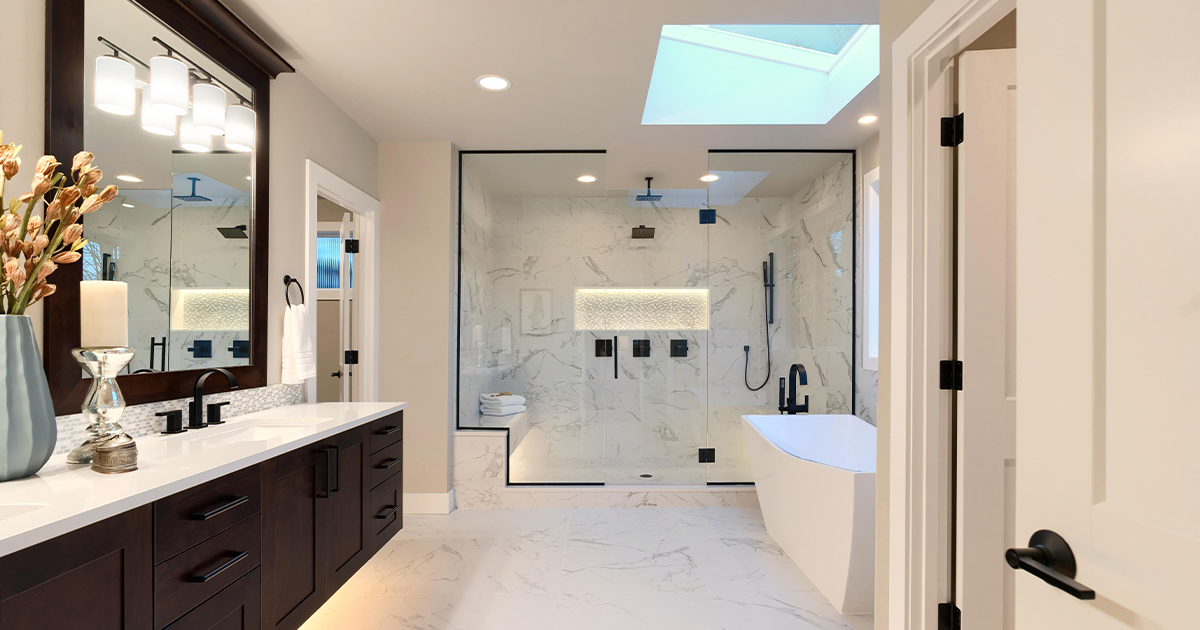
What design software is best for my business?
Reliable software is an absolute must-have for professional designers with growing businesses. The right software solution will boost sales, save time, reduce errors, generate accurate quotes and allow you to focus on the creative aspect of designing a space.
The keys to choosing the right software are:
- Identifying what your business needs.
- Finding the right professional features in the software.
- Utilizing free trials and demos to test the software.
- Understanding the investment in training to use it most effectively.
- Ensuring you have the hardware to match system requirements and specifications.
- Comparing prices.
That list may seem daunting, but don’t worry. We’ve produced an eBook to guide you through the process and help you find the most effective design software for your business.
What are the different interior design styles?
Whether you’re new to home design and remodeling or a seasoned professional, it’s important to maintain familiarity with all the popular interior design styles. After all, clients depend on your knowledge and expertise to guide them through their choices.
The three most important styles to remember are:
- Modern: Originating from the Modernist movement of the 1920s, this style shouldn't be confused with the adjective “modern,” which refers to current trends.
- Traditional: Inspired by classical European design, this style brings comfort and familiarity to a room, making a space feel warm and welcoming.
- Contemporary: We tend to think of "contemporary” as being based on simplicity and clean lines, but this isn’t a static style. Instead, it's an evolving one that adapts to current design trends.
However, there are several more styles — from Scandinavian to Hollywood Regency — which every kitchen designer and bathroom designer should understand and be able to identify. For a comprehensive list of styles, including main materials, color palettes, furniture styles and distinguishing features for each, check out our guide to design styles.
How do I design a custom closet?
There is a lot for a well-designed closet to accomplish. It must look great, feel right and function properly, typically all within a small space. How does a designer make that happen?
- Fact-find: Ask your client a lot of questions, not just regarding their taste (Do they have colors in mind to use or avoid?) but also their behavior (Do they fold or hang their clothes?) and storage needs (Do they have a lot of shoes, purses or jewelry?).
- Measure for measure: From electrical panels to baseboards, it’s important to assess and measure the obstructions that might impede your design. This will save a lot of time later in the project.
- Count on inventory: A functional closet space requires a deep understanding of all the inventory — shoes, boots, purses, scarves, hats, gloves and everything else — that will need to be housed in the space. Function is just as important as form.
- Set the standard: Knowing standard industry measurements in advance will help you plan properly. For instance, an open concept closet system with 14” deep material and 84” height will allow a set space for shelving folded clothes, placing two rods for hanging clothes and still having room for extra storage above.
- In living color: When selecting your supplier, make sure they offer the color your client wants. It sounds simple but can easily be overlooked while considering all the other factors that go into designing a custom closet.
For more on custom closet design, visit our step-by-step guide. There, you’ll also find a recording of a webinar we hosted on custom closet design.
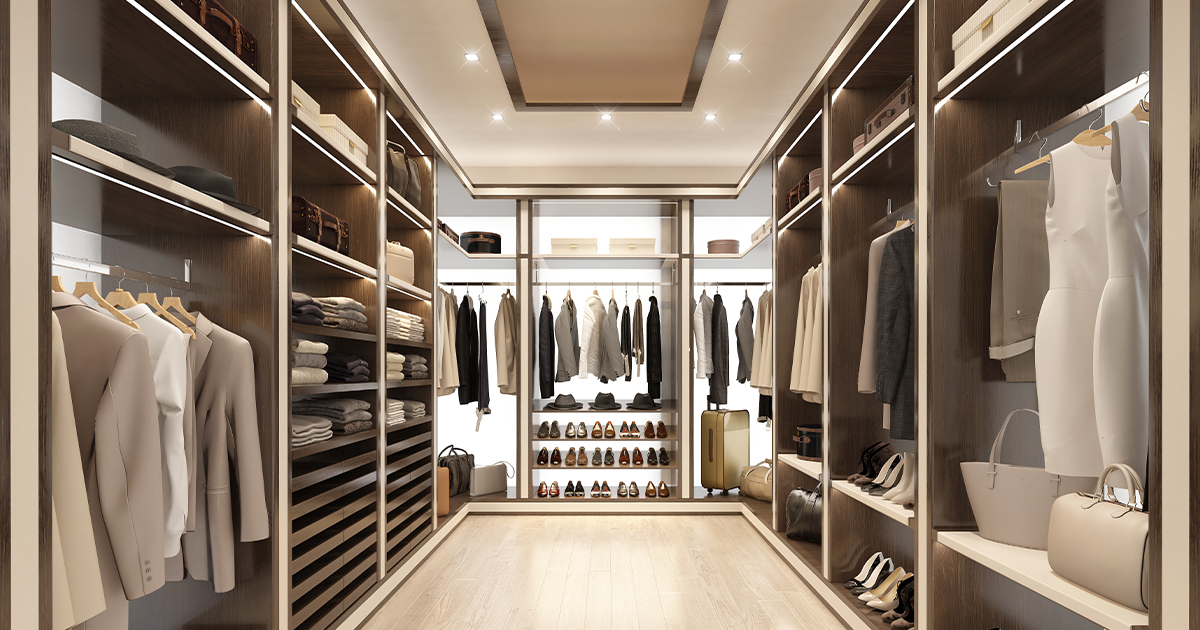
What is the best way to light a kitchen island?
There are several things a kitchen designer should keep in mind when choosing and installing kitchen island lighting. Some of the most important questions to ask yourself are:
- How many lights are appropriate for the island?
- How big should pendant lights be?
- How far apart should the lights be placed?
- How high should the lights be placed off the counter?
For the answers to these questions (and more) read through our full guide to kitchen island lighting. It’s important to remember, though, that each project and client is unique, and this guide is best used as a starting point for you to add the appropriate customizations.
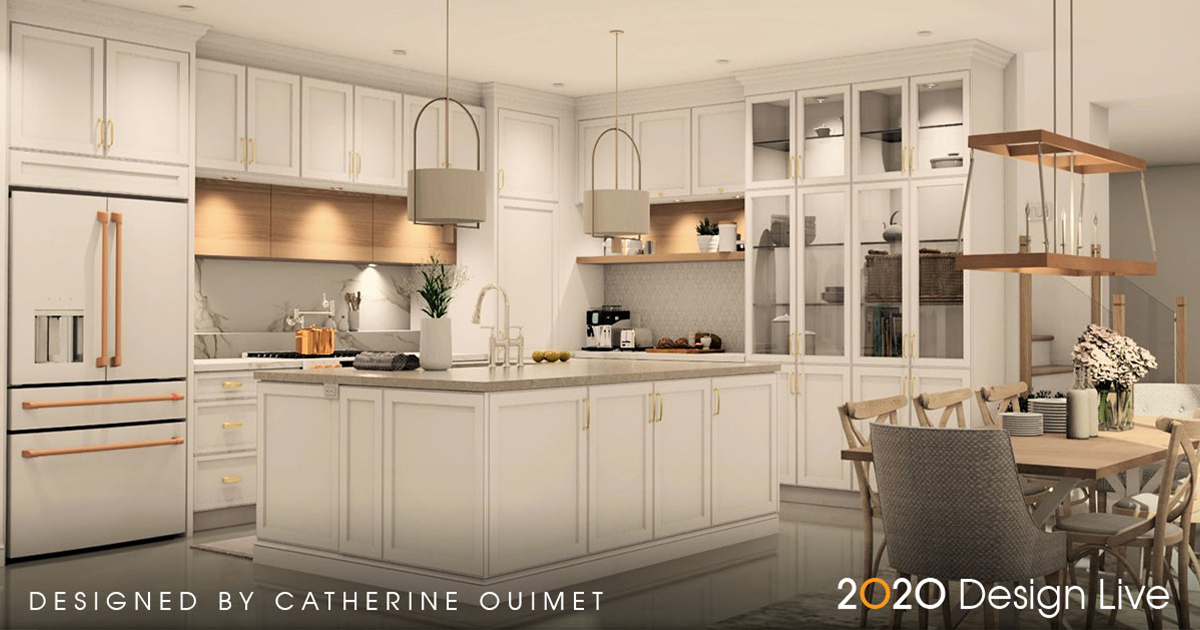
How do I remodel a small space to make it seem bigger?
The key to remodeling any section of a home is to first figure out the area’s purpose. This is especially true when you’re designing a space to optimize efficiency and make it seem larger than it is. From this first step, everything else will follow, including how to:
- Determine and define zones: Learn what the area will be used for and think about how people will be interacting with that space.
- Allow easy circulation: Make sure there aren’t any obstacles in passageways and the distance between structures is comfortable.
- Maximize lighting: Consider adding or replacing windows or if you’re adding artificial lighting, try layering it to achieve a level of brightness that makes the space visibly larger.
- Place outlets and switches strategically: Refer to the first step and determine how many outlets and switches are necessary and where their optimal placement will be.
- Consider accessibility: Everyone’s level of mobility is different, and while your goal may be to make a space seem larger, functionality is still a crucial factor in your remodeling.
The easiest and most accurate way to ensure your remodel gives you exactly what you’re after is to use the right space-planning software. To learn how 2020 Design software can help you optimize a smaller area, visit our guide to designing efficient spaces.
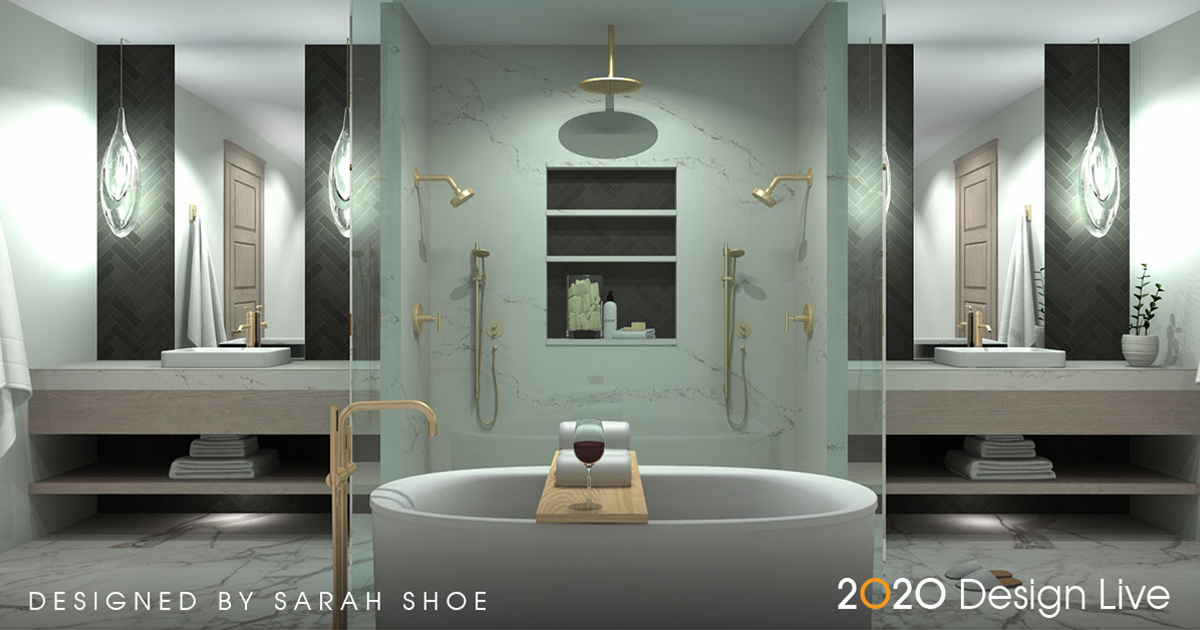
What questions should a kitchen designer and bathroom designer ask their client?
The initial consultation between designer and client can be one of the most important steps in a successful build or remodel. The main goal of this meeting should be to ensure you fully understand what the client is hoping to achieve with the design. The best way to accomplish this is to have questions ready in advance.
In addition to learning a client’s color and style preferences, it’s also important for a designer to ask questions about what inspires the customer, what hobbies they have, what activities they will be doing in the space and, of course, what budget they have in mind.
Download our three-page client questionnaire, with a complete checklist, and be confident you’re asking the right questions to move forward and deliver a beautiful space your client will love.
How much should a kitchen designer or bathroom designer charge?
There are many challenges associated with setting design fees. A designer needs to be fair to their client, but also fair to themselves. Finding that balance becomes a lot easier once you decide on a pricing model that works best for you and your clients. These are the four different types:
- Flat- or fixed-design fee: Base your rate on the average number of hours you’d typically spend on a project. Then, add 10 to 15 percent to cover the unexpected.
- Percentage of project cost: Take the total estimate for the cost of the project, then add 30 to 40 percent to cover your design fees.
- Hourly rate: Beginners in the industry charge a rate of anything between $50 and $125 per hour, while those with years of experience can charge upwards of $200 per hour.
- By square footage: This is often used strictly for design services, with a certain percentage added for furnishings, managing contractors, etc. The general rate can be anywhere from $10 to $17 per square foot.
To better decide what model makes sense for you, consult our pricing guide, and once you’ve decided on the best match, you can also download our interior design invoice template.
Share this Post

